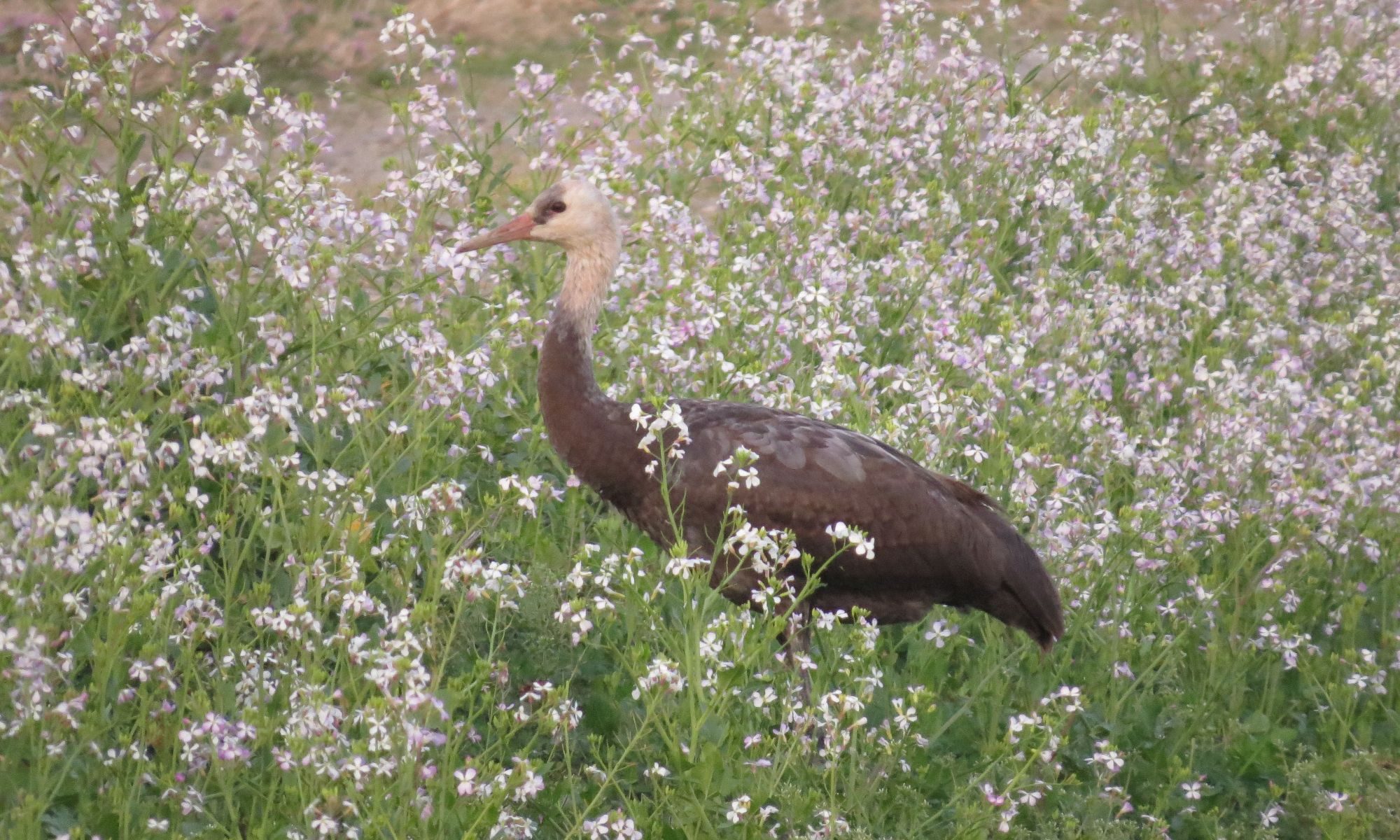スミソニアン動物園(ワシントン)、ナベヅルのベイビーの人工授精に成功
(8/4付)Patch Network
National Zoo Hatches Very First Hooded Crane Chick, a Threatened Species
Smithsonian staff successfully artificially inseminated a female hooded crane and hatched the chick in mid-June.
By Dan Taylor (Patch Staff) – August 4, 2016 4:43 pm ET
The Smithsonian National Zoo has just welcomed a brand new resident
to the park: the very first hooded crane chick. The hooded crane is a
threatened species, with only 8,000 of them in the wild. They are
classified as vulnerable by the International Union for Conservation of
Nature, which is just one step away from endangered.
The National Zoo just added one more to the population, as staff from
the Smithsonian Conservation Biology Institute (SCBI) were able to
hatch the first hooded crane chick at the zoo on June 14, according to a
statement. Staff used artificial insemination to impregnate female hooded crane Tempest. Mr. Crane, the male, is the father of the chick.
"SCBI is now home to eight of the 26 birds in the Hooded Crane
Species Survival Plan in North America," the statement notes. "SCBI has a
successful crane breeding program. In addition to the birth of this
hooded crane chick, 40 white-naped cranes have been born at SCBI. Twenty
of those chicks were born as the result of artificial inseminations."
SCBI has a major role as part of the Smithsonian’s global efforts to
save threatened wildlife species. SCBI has research programs in Front
Royal, Virginia, where it is headquartered, in addition to the National
Zoo. SCBI also has research stations and training sites around the
globe.
"SCBI scientists tackle some of today’s most complex conservation
challenges by applying and sharing what they learn about animal behavior
and reproduction, ecology, genetics, migration and conservation
sustainability," the statement adds.
The hooded crane breeds in Siberia, and possibly Mongolia. Most of
the population winters in southern Japan, as well as South Korea and
China.
Image via Smithsonian National Zoo
